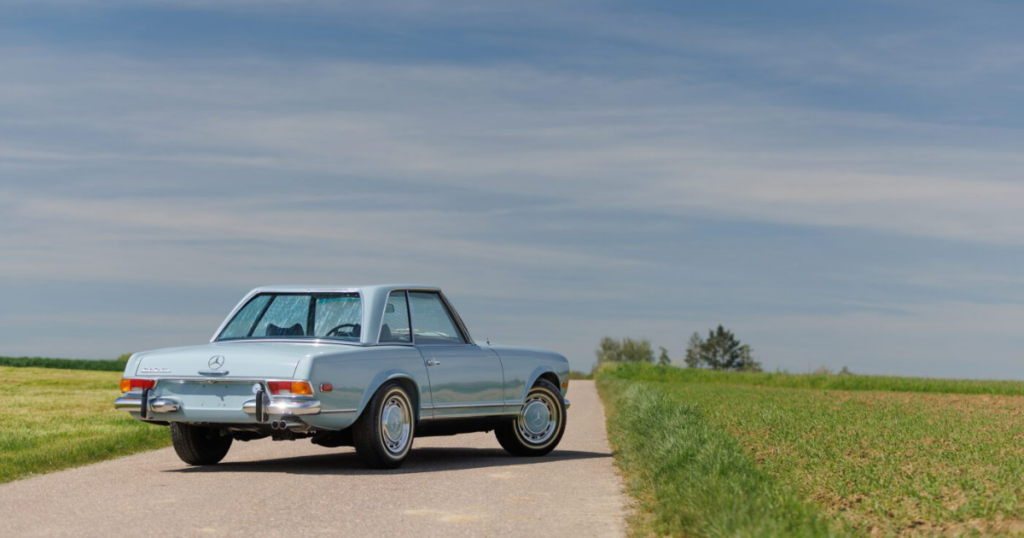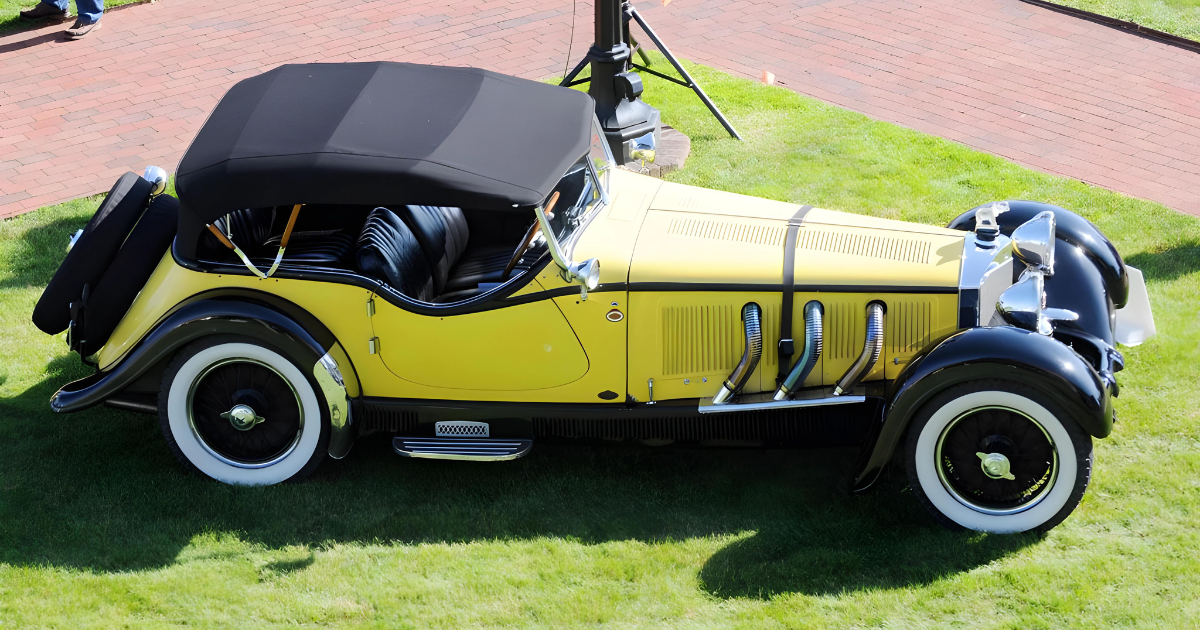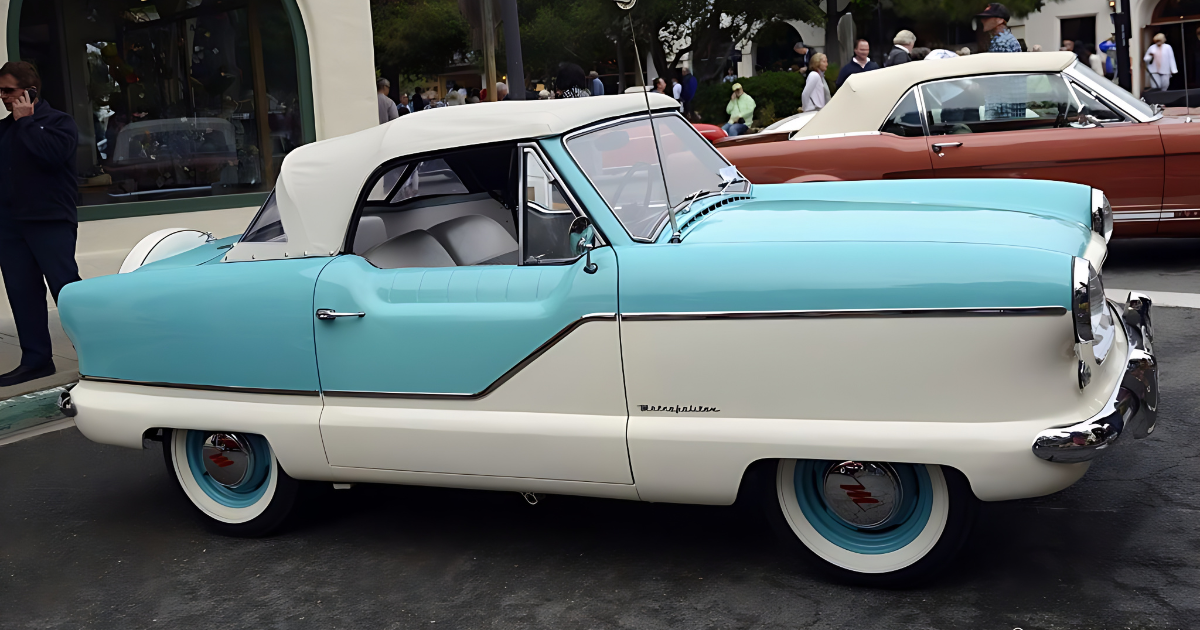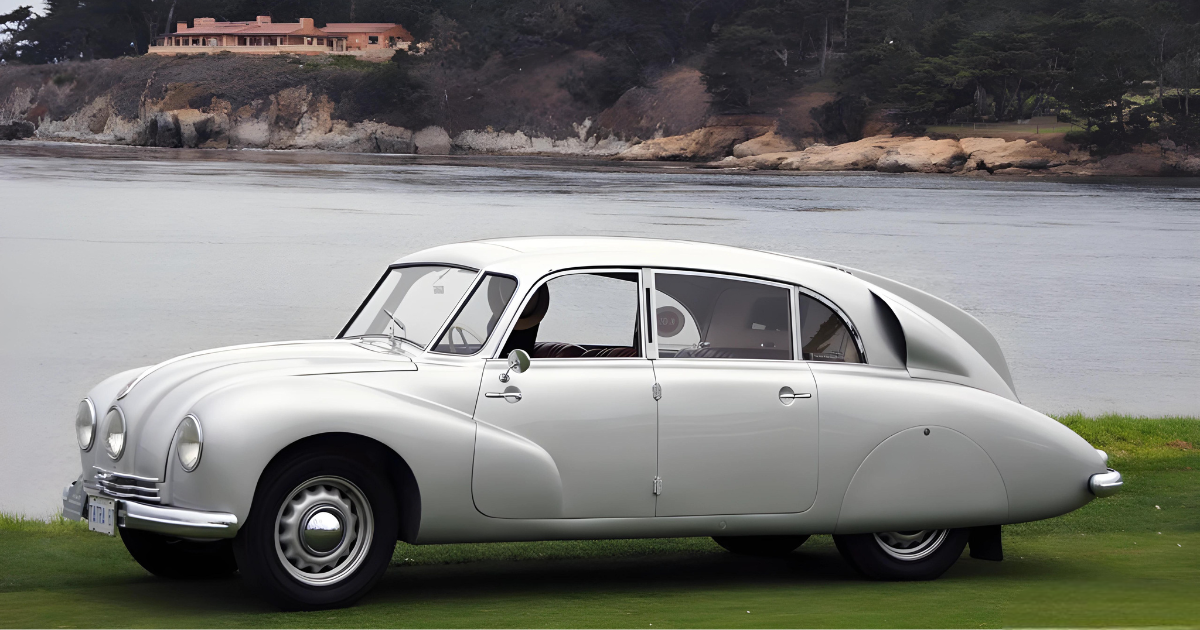
The Mercedes-Benz 280 SL “Pagoda” stands as a timeless icon in the automotive world, renowned for its exquisite design and engineering excellence. Introduced in the 1960s, the 280 SL quickly captured the attention of car enthusiasts and the general public alike, solidifying its status as one of the most beloved two-seaters of its era. Its enduring charm and appeal have only grown over the years, making it a highly sought-after collector’s item.
The journey of the 280 SL began with the introduction of the W113 series in 1963, originally debuting as the 230 SL. This new generation of Mercedes roadsters was meticulously crafted by Paul Bracq, a visionary designer whose work left an indelible mark on the automotive industry. The W113 series represented a significant departure from its predecessors, offering a blend of elegance, performance, and practicality that set a new standard for luxury sports cars.

One of the most distinctive features of the W113 series, and the source of its “Pagoda” nickname, is the unique concave removable hardtop. This design not only gave the car its iconic silhouette but also provided practical benefits, offering drivers the option of all-weather driving. The concave shape of the hardtop was not merely an aesthetic choice; it also improved the car’s structural rigidity and safety, embodying Mercedes-Benz’s commitment to engineering excellence.
The 280 SL, introduced in 1967, marked the final and most refined evolution of the W113 series. It featured a larger and more powerful 2.8-liter inline-six engine, which delivered a robust 180 horsepower. This upgrade significantly enhanced the car’s performance, providing a smoother and more responsive driving experience compared to its predecessors. The larger engine also contributed to the car’s increased top speed and improved acceleration, making the 280 SL a formidable contender in the luxury sports car market.

Beyond its mechanical improvements, the 280 SL featured various refinements that enhanced its appeal. Its interior was a masterclass in luxury, with high-quality materials and meticulous craftsmanship. Ergonomically designed seats, an elegant dashboard, and advanced instrumentation catered to the sophisticated tastes of its target audience. The suspension system was tuned for an ideal balance of comfort and handling, ensuring a pleasurable driving experience on highways or winding roads.
Safety was another area where the 280 SL excelled. Mercedes-Benz equipped the car with numerous safety features that were ahead of its time, including a rigid passenger cell, energy-absorbing crumple zones, and an advanced braking system. These innovations not only protected occupants in the event of a collision but also set new benchmarks for automotive safety standards.

The enduring charm of the Mercedes-Benz 280 SL “Pagoda” is further underscored by its cultural impact. The car became a symbol of sophistication and success, frequently appearing in movies, television shows, and popular culture. Its sleek lines, distinctive hardtop, and powerful performance made it a favorite among celebrities and affluent individuals, cementing its status as a classic icon.
Today, the 280 SL remains a highly coveted collector’s car, admired for its timeless design, engineering excellence, and historical significance. Restored models command high prices at auctions and are treasured by enthusiasts who appreciate the car’s unique blend of beauty and performance. The 280 SL “Pagoda” continues to embody the essence of Mercedes-Benz’s commitment to innovation, luxury, and enduring quality, making it a cherished piece of automotive history.

In conclusion, the Mercedes-Benz 280 SL “Pagoda” is much more than a car; it is a symbol of an era, a testament to design and engineering prowess, and a timeless classic that continues to captivate the hearts of car enthusiasts around the world. Its legacy is a reflection of the meticulous craftsmanship and visionary design that have defined Mercedes-Benz for generations.




